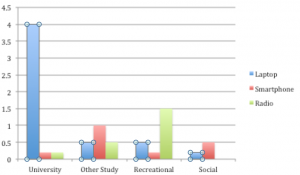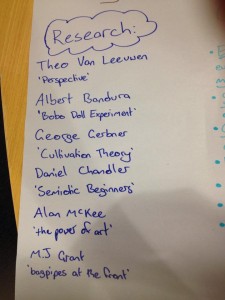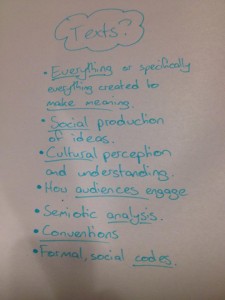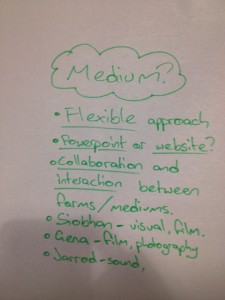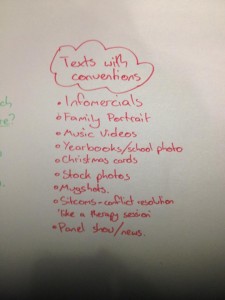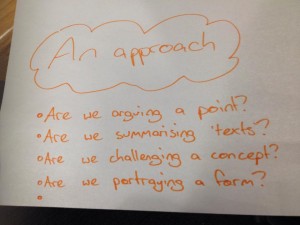As part of our media 1 course we have been requested to start and maintain a blog. I’ve never had a blog before nor have I been a religious follower. Taking a passive approach to social media in general I am an observer who finds it useful to the extent of communicating directly with friends and associates. Never have I considered putting my views and opinions into such an open forum. The main idea of this assignment then, is to get us used to working in public light and developing ways to promote ourselves and colleagues to potential audiences.
Currently my understanding of the purpose of this blog is to introduce us to the process of research, creation, reflection and edit. Having our work published on a public forum also makes us think about how we present ourselves as media producers and prompt us to work under copyright law and media ethics.
Questions that I am pondering:
- How will I incorporate an “entertainment factor” into what is essentially an academic assignment?
- How much personality and moral opinion should I include in the entries?Should they be separated from academic entries or interwoven?
- What other platforms can I use to advertise my material? Links through Facebook, on youtube videos created for this course?
- How can I motivate myself to remain interested in subjects of prescribed entries?
- What do I hope to gain as a media practitioner from this experience?
Throughout the term of this program my answers to these questions will no doubt change and adapt to the course requirements but also develop with my approach to media production and promotion. Firstly I hope to learn effective ways of presenting myself to current and future audiences, enjoying myself and thinking critically of my own work in the progress.
NOTE: APRIL 13th 2015
One component to our group project is individually compiled 1200 word annotated bibliographies. Having never produced an annotated bibliography before this seemed a daunting and extensive task. However, after researching I was able to find an effective system to approaching my chosen resources that meant I could quite easily summarise the texts purpose and importance into this space (though I could have easily written more). It is asking more than an analysis of the words within the text, and provoking you to ask questions such as:
Who is this text addressing?
How does it effectively use data and research to support its claims?
What are the limitations in the application of its theories?
And many more that I had never considered were crucial for a summary, rather I dismissed them as extra-currical thoughts.
A useful tool I found was UNSW’s walkthrough, designed to give fellow students an introduction and help them map out their annotated bibliographies. They follow an eight step principle:
(1) Citation
(2) Introduction
(3) Aims & Research methods
(4) Scope
(5) Usefulness
(6) Limitations
(7) Conclusions
(8) Reflection
This is a method that I have recently introduced in my blog posts (note from practical 7 onwards) that I feels give them a stronger substance and is a flexible layout that can be applied to films, readings and experiences. This method of thinking has enhanced my approach to many aspects of study, particularly in developing a rhetorical approach to history in my media and politics classes.
This approach has greatly increased my understand of the blog as a critical evaluation and reflection. It has certainly helped me with my process for reading texts and engaging with their content as an audience and a media producer.
